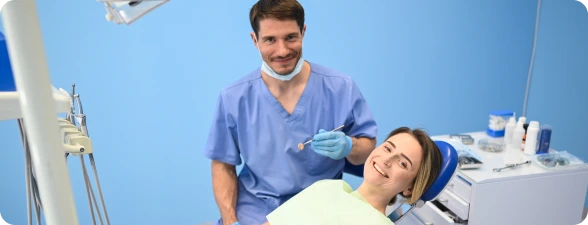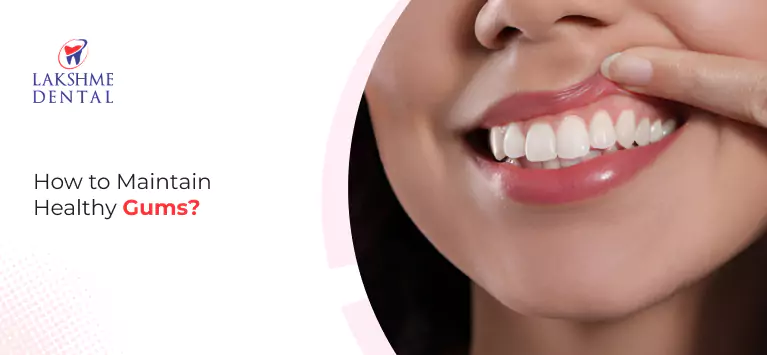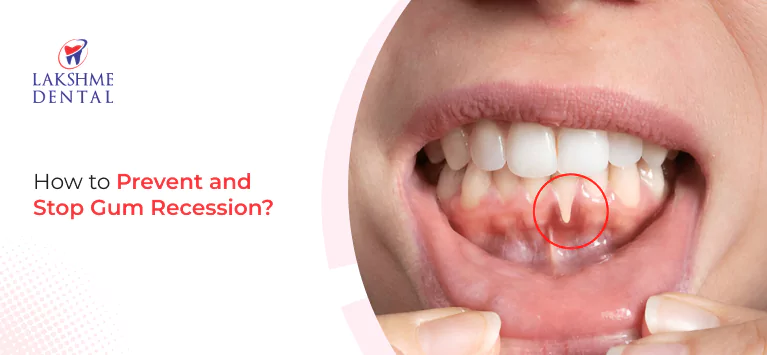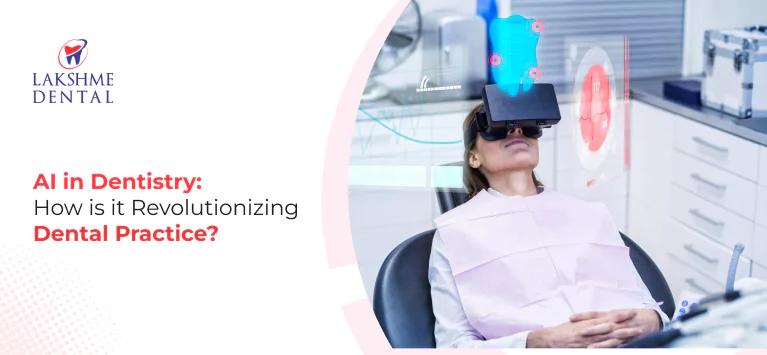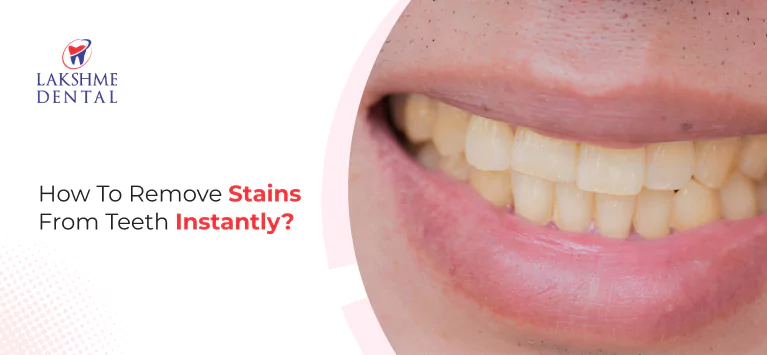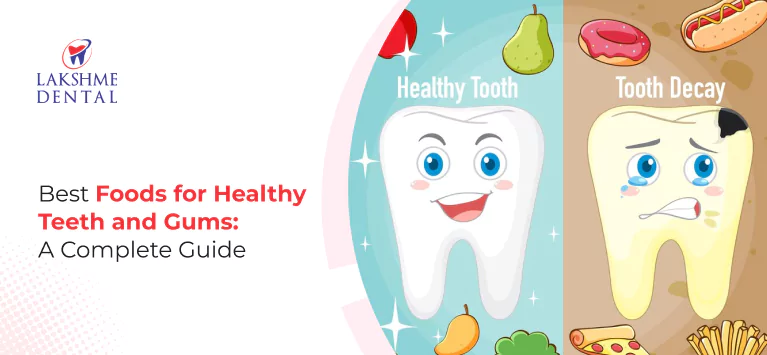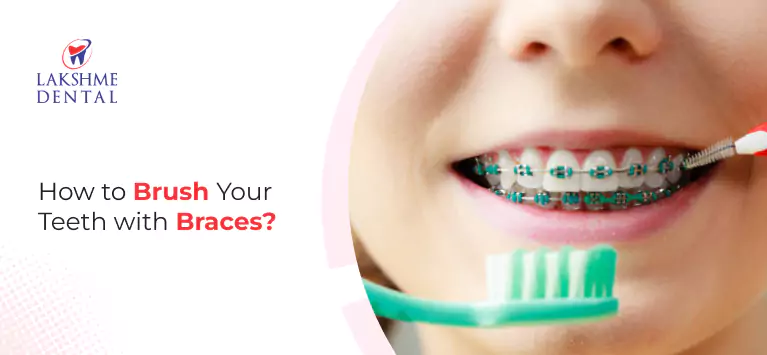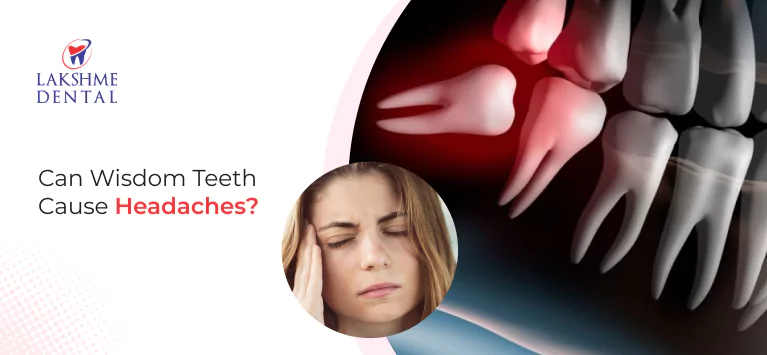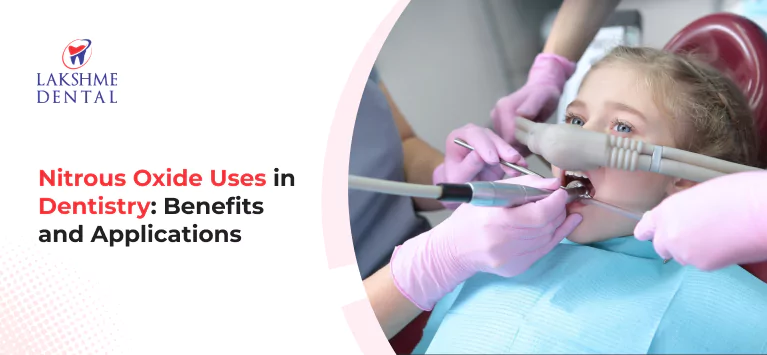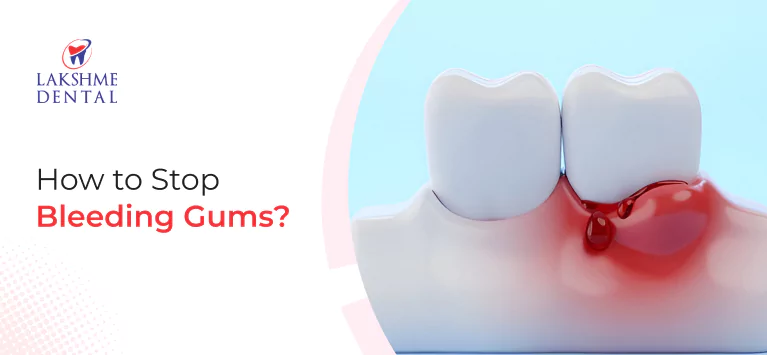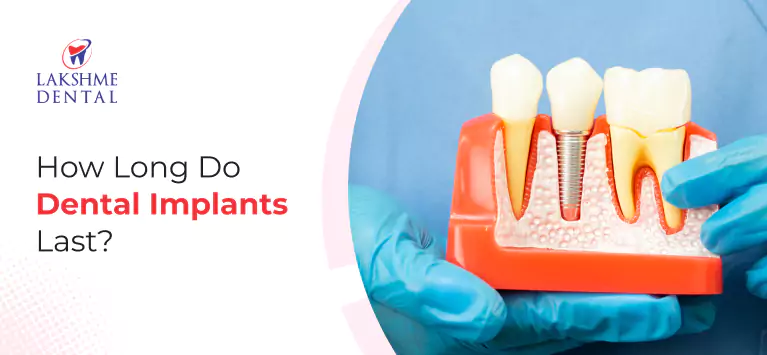Microscopic dentistry (or) Microscope-enhanced dentistry has redefined the standard of oral care procedures dentists perform. Dental Operating Microscope (DOM) – The stellar instrument designed to provide higher levels of magnification whilst allowing the dentists to visualize the anatomical details in a completely neutral postural position.
What makes microscopes vital for dental treatments?
The practice of using surgical microscopes is greatly increasing in all aspects of dentistry because it guarantees great visualization. The highest magnification image created with DOMs allows dental doctors to see the minutiae of a patient’s mouth. It helps in making accurate, clear documentation which ensures pristine & perfect dental works.
Such augmentation of microscopy images is achieved with a wide variety of configurations featured in dental microscopes such as objective lens, diopter settings, co-axial illumination, magnification changer (zoom change), and so on. Likely, the optics used in DOMs have anti-reflective and anti-scratch properties due to utilizing Maxlite patented technology. The apochromatic optical systems ensure documentation with better sharpness and resolution.
On the other hand, various extra accessories like binocular extender, digital camera adapter, 4-in-1 module, CCD adapter, rotation ring can be fitted to a DOM as per the magnification needs. It provides flexibility as well as increasing the ergonomics of a dentist.
In essence, dental microscopes provide a high-powered magnification of oral structures with which detailed & optimal assessments can be performed. Pinpointing the infected site is quite easy with analysis of the augmented microscopy images so that micro-invasive surgical procedures like periodontal surgeries, endodontic treatments and others can be performed with more accuracy.
What are the advantages of using a microscope in dentistry?
DOM has many advanced features so they offer numerous advantages over standard loupes (magnifiers) for patients and clinicians.
1) Higher visual accuracy
Dental microscopes are highly acclaimed for better magnification & illumination aspects. The visual information obtained with DOMs has 400 times more accuracy than viewing with the bare eyes and is 100 times more precise than the traditional dental loupes. Moreover, the magnified image quality is enhanced with an optimal light source of bright daylight-temperature LED light in the microscope.
In essence, microscope dentistry allows visualization of a multitude of things that cannot be seen with traditional magnifiers.
2) Improved Ergonomics (for clinicians)
In previous times, dental doctors had to wear a case with high-power loupes and an attached light source. As the doctors bend over with the extra weight for hours to treat the diseased oral fields, they develop neck and back pain. It would disrupt their workflow.
The superior optics and other counterparts of the microscope allow the clinicians to remain upright, looking straight ahead to get a clear, augmented image of the dental structures. Such elimination of interruptions in dental workflow enhances the treatment quality as well.
3) Elevates precision in treatments
As seen earlier, dental surgical microscopes offer greater magnification of tissue structures in the operating field. Hence, dental doctors can apply their skills so that the treatment standard will be on par with excellence.
Another advantage of DOM is, less damage to the oral tissues. With the enhanced magnifying vision, the anatomic details are identified with more precision. So the chances of surgical errors like soft tissue wounds, nerve injuries, and extracting healthy portions of a decayed tooth will never happen.
4) Allows to integrate digital documentation accessories
The dental microscopes have a device called “Beam Splitter” to attach a digital camera, an assistant scope, etc. It means you can get digital images of the intraoral structure seamlessly and video feeds of the dental procedures through DOMs.
On the other hand, the live video feeds streaming on TV help the patients get a clear picture of the infectious conditions, infected regions, and therapeutic procedures going to be performed.
What kind of dental procedures are performed with microscopes?
Initially, microscopes were utilized in challenging treatments like endodontics, as detecting hairline fractures in layers inside a tooth required better magnification. Nowadays, it has become an inevitable part of dentistry.
Dental procedures performed in conjunction with microscopes enable smooth endings, faster post-surgery recuperation, and a plethora of favors. As a result, DOMs are applied in a variety of dental treatments, including the following:
- Managing gum disease
- Oral Surgery
- Restorative dentistry
- Root Canal Treatment (Microscopic Endodontics)
- Dental Implantology
- Laser dentistry
- Aesthetic dentistry
How do dental operating microscopes enhance the quality of preventive dental care?
Microscopic dentistry has become a new landmark for clinical excellence. It endorses the idea that we can treat better what we see.
Surgical microscopes are an excellent tool for documentation, diagnosis, and treatment. The better vision provided by microscopes has made performing various complex procedures successful. Here are some instances:
- Detecting hidden canals
- Repairing perforations
- Treating reinfections in a root canal filled tooth
- Removing canal obstructions
- Treating hair-like cracks and fractures deep inside a tooth
- Removing old dental filling materials
In simply, microscope dentistry is the best way to treat the microstructures of your oral cavity without damaging any tooth’s substance, tissues, and their counterparts.
The most effective microscope-centered practitioner in Tirunelveli
Lakshme Dental Hospital strives to continue advancing our practice with innovations in dentistry. It helps our patients get more conservative treatments. We are one of the few dental offices in Tirunelveli providing excellent micro-dentistry treatments.
We have equipped high-tech microscopes to obtain the optimal view of microscopic areas inside the mouth. The higher the augmentation of problematic tissues, the higher the precision of treatments are.
Please contact us if you are interested in microdentistry treatments.



